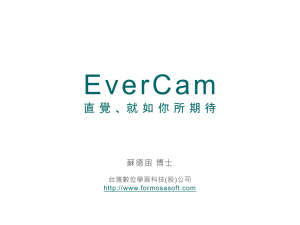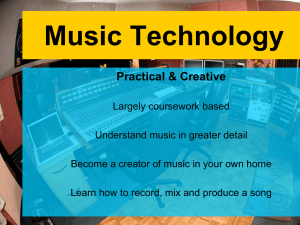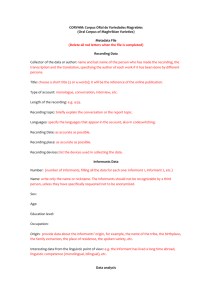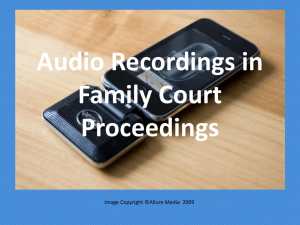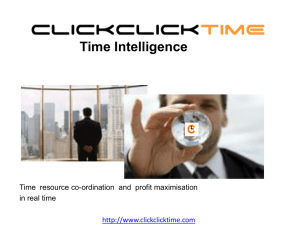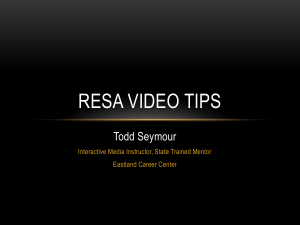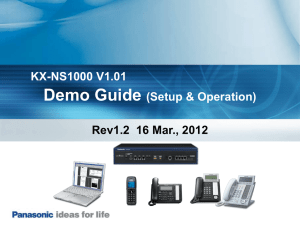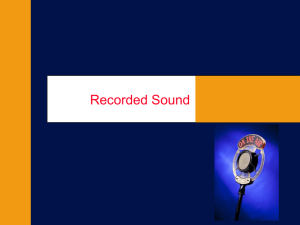Powerpoint 1.61MB - Practice Centre
advertisement
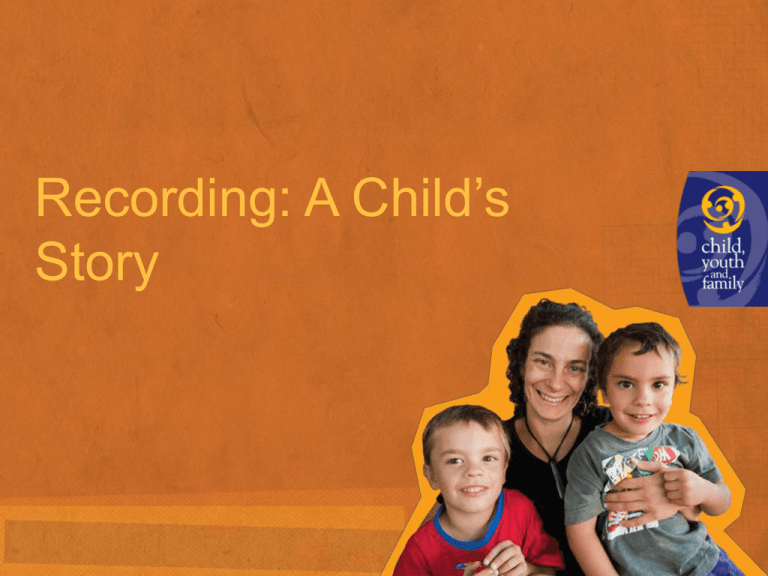
Recording: A Child’s Story Take a moment: Spend five minutes reading the case note in front of you. Think about the following: > What have you learnt about the person? Do you understand or know the reasons why what happened, happened? > What assumptions do you make about the person? > Is there enough information to inform you about what you might do next, or what you might need to know? > How would you have written it differently Now think about how you would feel if the case note was about you or a family member. > Would you have written anything differently? > Imagine you are the child it is about – how do you feel? CYRAS: The record of a child’s journey through Child, Youth and Family > CYRAS was introduced in 2000 to revolutionise how we recorded what happened to children and young people involved with our Service > Ultimately it is still a record of a child’s story and what we record about them and the people close to them is there for life and we treat it as the truth > It was designed to follow the social work process but has driven practice > It has evolved in to a way of gathering useful data – both for external and internal audiences > It enables us to understand what has happened for families across generations > It assists accountability – to the child and their family and also to the organisation Key Messages > Recording is an integral part of social work practice and when performed effectively has a variety of purposes > We know it is important – but has it become more important to the organisation and the worker for accountability and information – rather than to record what is happening for a child and their life. > Valuing and empowering social workers to record with purpose is crucial to good recording. > “…the key test for systems should be they support effective practice and improved outcomes for children, young people and their families” > The record provides clinical, legal and ethical accountability to the client, the organisation and the profession... and for such crucial decisions as removing children from their parents. I don’t know why I am in care? > Evidence from the Care, Claims and Resolutions Team is that this is one of the most commonly asked questions by children who have been in our care – they often don’t know why > We evidence this in Court reports, affidavits, long case notes but how often do we write why a child or young person has come in to care in their language so they can understand it? > One of the biggest learnings from case reviews is that our recording is not as informative as we think it is – there often is a lot of it but it often does not tell us why decisions were made, who was involved and what the next steps then are Policy > Records must be: > Succinct and accurate > Timely > Relevant > Differentiate opinion from fact > Focus must be on > Decisions made and the rationale behind these decisions and actions taken > Contact with children and young people > Messages from professionals and a corresponding case note about our response to those messages > Contact with family, professionals and relevant others > Continuous assessment > Supervision Is this what you want to read when you request your file? > Speak to MOC re concerns > Speak to FOC re concerns > Contact SWiS > Liaise with Mary re health info > I spoke to Mary about Hayley and her thoughts on how Sam is doing. She said okay but that she wasn’t sure if she could visit again. > The GP said she had referred Blue and Jim to the PHN but wasn’t sure about Tamsin. Tane said that Rosie was fine with Bailey but Donald was not so good with Axel and then the teacher said… > I’ve emailed and remindered the supervisor three times with no response. I’m going to escalate this as I need the case moved and they will pay the costs. SMARTer Recording SMART: Definition - somebody might actually read this Two places to record information and two places to store information > Visiting Folders – raw material > enable you to record messages and phone conversations quickly – at the time > keep a track of visits and calls with no one answering or at home > Record your contact with families and children and young people at the time they occur > Non-practice administrative tasks – organising drivers, contact supervisors > The relevant information is then transferred to CYRAS – take five minutes to check out what can remain on a paper file and what is important to transfer to CYRAS SMARTER Recording > When thinking about what is important to record in CYRAS – always ask yourself three things: > What is the purpose of the case note? > Who is my audience? > How might the child or young person and their family understand this? > What should I record in CYRAS? > Rationale for decisions and actions > Analysis of conversations and visits – rather than recording conversations > Overall impressions from professionals rather than I said/she said > Supervision summaries – including 1-1 and group supervision using the consult forms – focus on analysis and then tasks > Summaries – what’s going well, what are our current worries, what change/progress have we noticed, is any action required and by who and by when. Do these weekly or monthly depending on your role at the time. Can we do this better and still record what we need to? > We know recording takes time – so are there ways to save time but still record a quality case note? Spend some time discussing ideas with your neighbour ideas about smarter recording. > Summary Sheets > Could they be useful? > Would they save time? > Do they cover most things a child or their parent may need to know? > Do they enable the organisation to understand what is happening in the case, why certain decisions have been made and actions taken? > Can we see how we are working with other agencies? > Can we see what direction the worker is heading in? > Spend five minutes talking about how you might use them – or adapt them to your own style – what case notes would you now not need to complete – what do you still need to record? Conclusions and taking this forward > What does this mean in practice? > What will I do differently when I record in CYRAS? References Practice Centre http://cyf-practice-centre.ssi.govt.nz/policy/recording/index.html http://cyf-practice-centre.ssi.govt.nz/policy/recording/key-information/recordingconsiderations.html http://cyf-practice-centre.ssi.govt.nz/policy/recording/resources/summary-of-keyreading.html There is also an e-learn module on recording you can access for a refresher or additional training: https://elearn/course/view.php?id=13954&topic=3 MSD Records Management Policy: http://doogle.ssi.govt.nz/resources/helpingstaff/policies-standards/information-management/msd-records-management.html MSD retention and disposal information: http://doogle/helping-you/recordkeepinghelp/keeping-and-deleting-records/keeping-and-deleting-records.html


